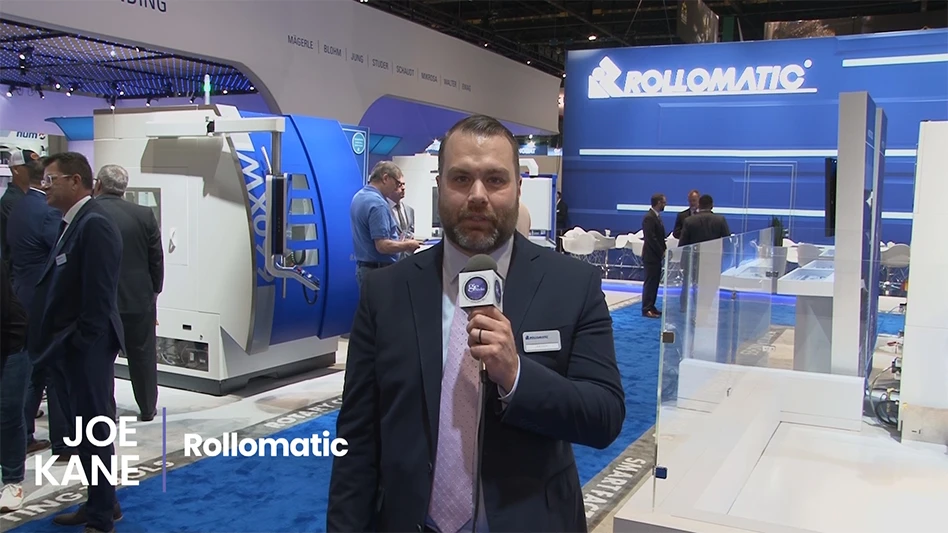
Biolife4D, a biotech pioneer leveraging advances in tissue engineering to 3D print human organs viable for transplant, has successfully demonstrated its ability to 3D bioprint human cardiac tissue – specifically, a human cardiac patch.
 The scientific milestone was accomplished within days of the May opening of the company’s new research facility at JLABS in Houston, and led by Dr. Ravi Birla, the company’s chief science officer. The successfully printed cardiac patch contains multiple cell types of which the human heart is made of, rather than just cardiomyocytes, and includes preliminary vascularization. Bioprinted 3D cardiac patches can be used in patients with acute heart failure to restore lost myocardial contractility. The company was able to achieve this milestone in just a few days and much sooner than anticipated – published articles in scientific literature report bioprinted human cardiac patches require 6 to 8 months of development time. Biolife4D will now turn its focus to other constructs like valves, blood vessels and a mini-heart as it seeks to progress to 3D bioprinting a full human heart.
The scientific milestone was accomplished within days of the May opening of the company’s new research facility at JLABS in Houston, and led by Dr. Ravi Birla, the company’s chief science officer. The successfully printed cardiac patch contains multiple cell types of which the human heart is made of, rather than just cardiomyocytes, and includes preliminary vascularization. Bioprinted 3D cardiac patches can be used in patients with acute heart failure to restore lost myocardial contractility. The company was able to achieve this milestone in just a few days and much sooner than anticipated – published articles in scientific literature report bioprinted human cardiac patches require 6 to 8 months of development time. Biolife4D will now turn its focus to other constructs like valves, blood vessels and a mini-heart as it seeks to progress to 3D bioprinting a full human heart.
“We are extremely excited to have achieved this milestone and to successfully demonstrate our ability to 3D print human cardiac tissue. When we began this process, we knew this would be a key step in validating our technology and scientific approach, so we are pleased to be able to have accomplished this so quickly,” Birla says. “We have always believed that our scientific approach, as well as the tremendous team we have assembled, positioned us for rapid scientific accomplishment. The speed at which we bioprinted 3D human cardiac patches, within days, is unheard of within the scientific community. These efforts clearly demonstrate our ability to bioprint human tissue and provide a clear and rapid pathway towards bioprinting human hearts.”
Biolife4D’s innovative 3D bioprinting process provides the ability to reprogram a patient’s own (white) blood cells to iPS cells, and then to differentiate those iPS cells into different types of cardiac cells needed to 3D bioprint not only a cardiac patch but ultimately, a human heart viable for transplant. This means Biolife4D can successfully 3D bioprint using cardiac cells derived from their own iPS cells to create living, viable constructs.
That ability is crucial as the company seeks to disrupt how heart disease and other cardiac impairments are treated, particularly by improving the transplant process by eliminating the need for donor organs. Heart disease is the number one killer of men and women in the United States each year, yet countless individuals who need transplants are left waiting as there are not enough donors to meet demand.
“This is a tremendous time for Biolife4D and we could not be prouder to have accomplished this scientific landmark in such a short period of time,” says Steven Morris, CEO, Biolife4D. “From the beginning, our mission has been to utilize our technology to save lives. Today, we believe we are one step closer to ultimately achieving that goal.”
Latest from Today's Medical Developments
- Avicenne Medical offers a new orthopedic report
- Cubic Machinery's Maestro-52DT
- IMTS 2024 Booth Tour: SCHUNK
- The Lee Company’s 10th Edition Technical Fluid Control Handbook for Health & Science
- Teknor Apex’s medical grade thermoplastic elastomers (TPEs)
- IMTS 2024 Booth Tour: JTEKT
- Patent granted for Dymax's HLC technology
- Prima Power’s Platino Linear laser machine





